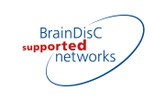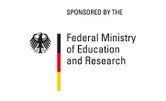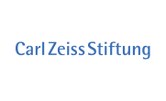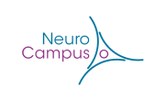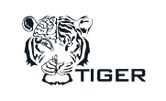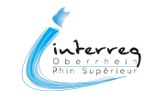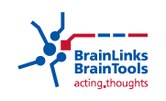John Rothwell (University College London) | The importance of stimulus direction for assessing and interacting with human motor cortex using TMS and TDCS
| When |
Jul 27, 2015
from 05:15 PM to 06:45 PM |
|---|---|
| Where | Lecture Hall, Hansastr. 9a |
| Contact Name | Christian Leukel |
| Add event to calendar |
|
Abstract
Ever since its advent, it has been known that it is much easier to activate the hand area of motor cortex with posterior-anterior (PA) induced current than with any other direction. Unexpectedly, stimulation with reversed current (anterior-posterior; AP) not only requires a higher intensity, but also appears to activate a different set of neurones than PA stimulation. One consequence is that MEP evoked by PA stimulation have an onset latency 2 -3ms earlier than those evoked by AP stimulation.
I will review some results from a new set of experiments in which activation of these two neural populations (PA-sensitive and AP-sensitive):
(1) has different physiological and behavioural effects in cortical plasticity protocols such as theta burst stimulation
(2) is affected differentially by different types of motor behaviour. Finally I will show that similar phenomena can be observed with directional TDCS.
The data suggest that it is possible to target two different subsets of inputs to corticospinal neurones that have different rules for plasticity induction and which participate in quite different behaviours.


